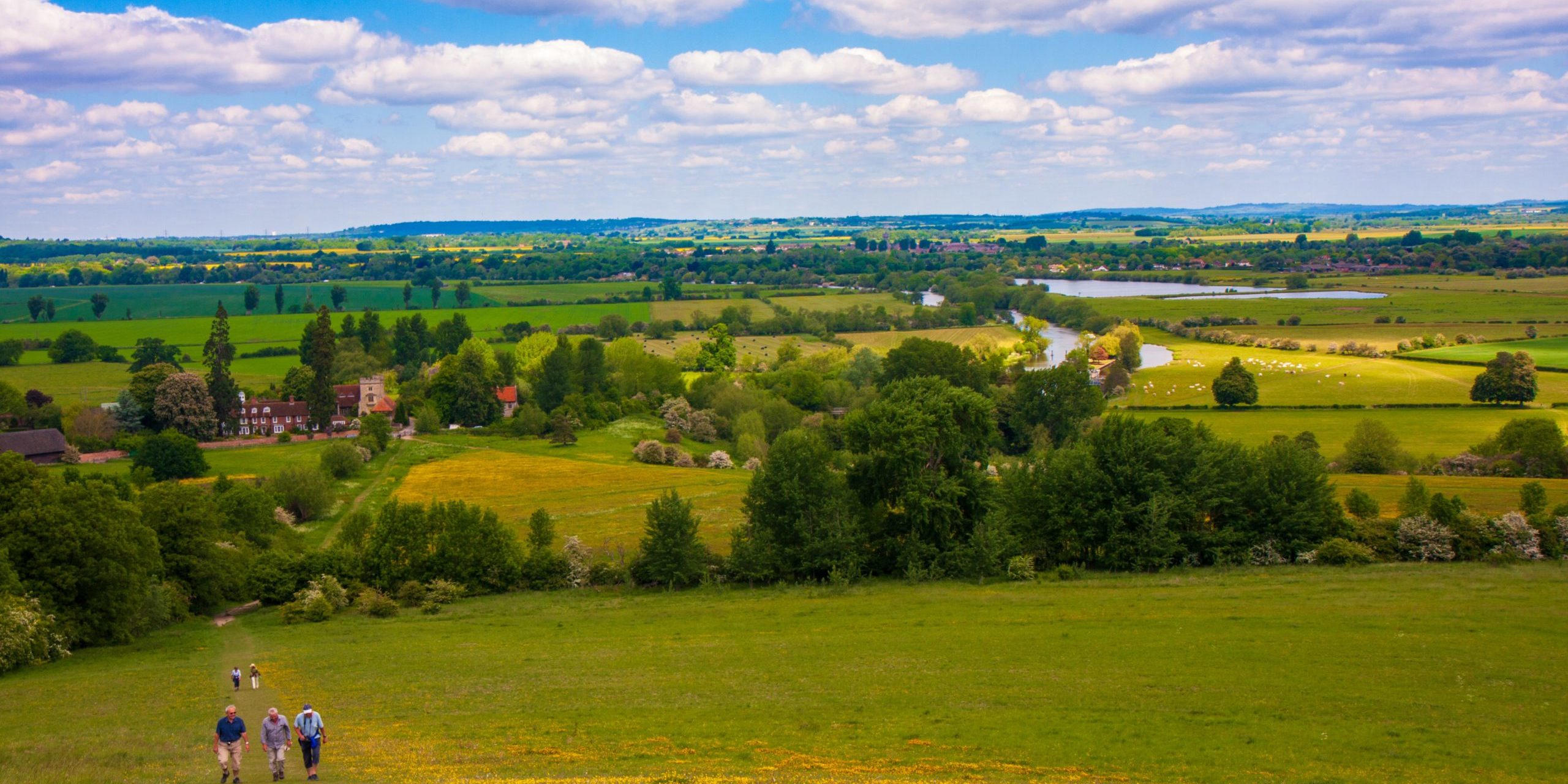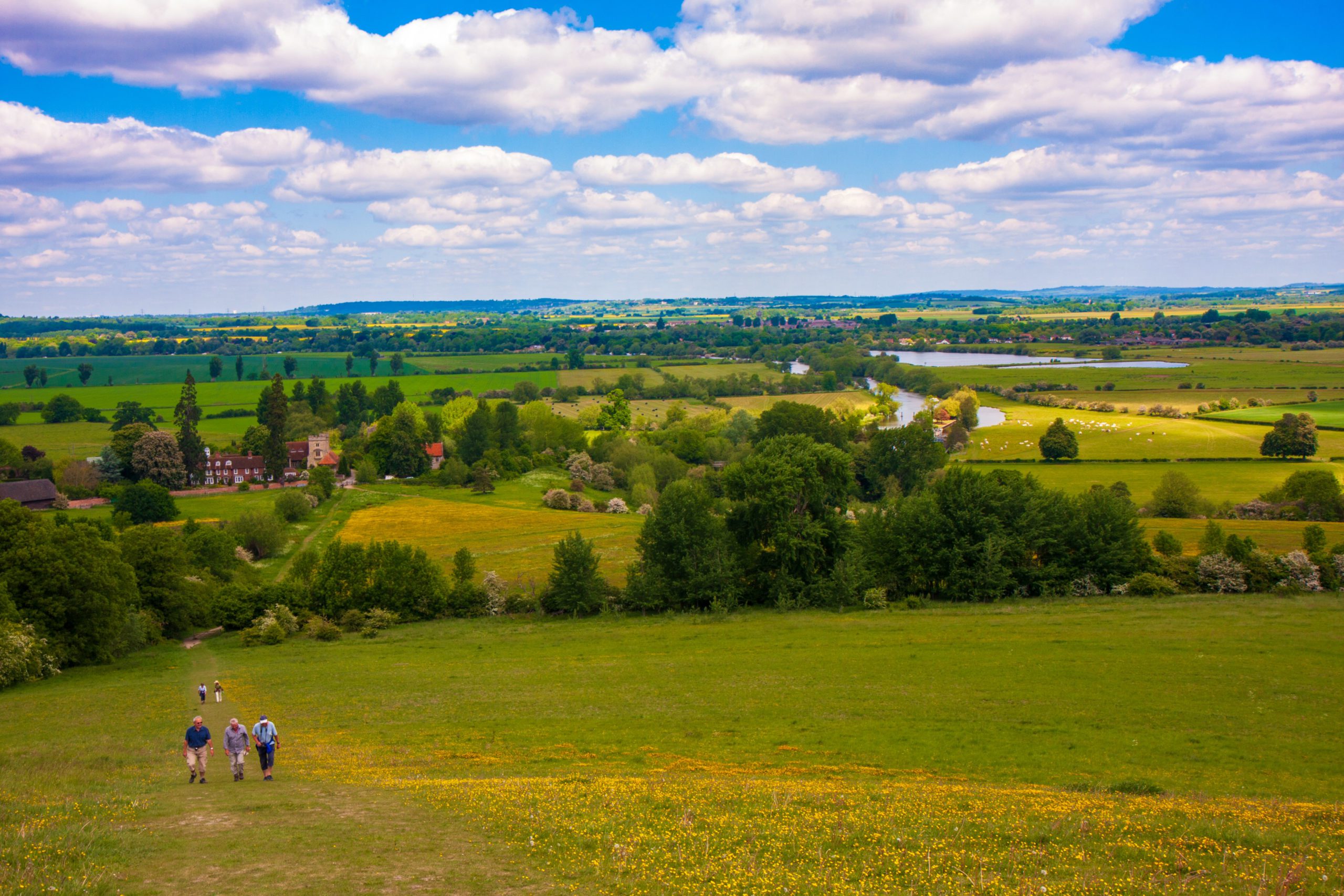A Strategic Vision for Oxfordshire – remain rural or go for growth?

17th December 2020

CPRE Oxfordshire has responded to plans for the future of Oxfordshire: the Vision 2050 is a good start but needs a lot more work before it can begin to be fit for purpose as a viable forward aim for public consideration.
Unfortunately, the Vision 2050 document produced by the Oxfordshire Growth Board falls far short of any reasonable expectation, in that it does not address the unavoidable tension between the environment and development at all.
The public deserves to be asked to decide where it wishes Oxfordshire to be on the scale of remaining a predominantly rural County or going for growth, with the implications of each clearly laid out; and we need to know whether it is intended that our destiny should be for us to decide or whether that decision will in fact be made by an unelected Arc Leaders’ group above our heads.
CPRE Oxfordshire response in detail:
CPRE has campaigned for years for a Vision Statement for Oxfordshire’s future to be prepared and, subject to public approval, for it to underpin the Plan making of our Local Authorities, in the way the old Structure Plans abolished by the last Labour Government used to do.
It is essential that the forward strategy for the County is openly stated, and publicly approved, rather than being hidden within the pages of Local Plans.
We were pleased therefore when it was announced that there would be just such a Vision prepared and particularly that it would be “Oxfordshire specific and reflective of local people’s views”. Any such Vision needed to recognise the tension between the environment and development, and to provide us all with an opportunity to decide for ourselves where we want to be on the scale of, on the one hand, maintaining the essentially rural character of our County, especially given the full employment we presently enjoy, and on the other hand the “disproportionate growth”, the declared objective of the Oxford-Cambridge Arc.
Unfortunately, the Vision 2050 document produced by the Oxfordshire Growth Board falls far short of any reasonable expectation, in that it does not address the unavoidable tension between the environment and development at all.
It is simply a wish-list for a garden of delights of happy environmental outcomes. That this is an optimistic wish-list is confirmed in the Vision’s own words. “If we frame our ambition based on what is demonstrably achievable, we could fall well short of what those who have contributed are looking to achieve”.
These open-ended ambitious outcomes include “leaving Oxfordshire’s natural environment in a better state than we found it”; Oxfordshire “removing more carbon than we emit”; everyone “being healthier and happier and young people excited about their future” (not all of us, clearly); an economy which is “successful and sustainable”; energy efficient homes for all; “movement around Oxfordshire transformed…in ways that enhance environmental social and economic well being”; communities flourishing, with enhanced and lasting connectedness”.
One of the purposes of a Vision is to set challenging goals. Although the language may be obscuring the real implications, on the face of it who could disagree with any of these hoped-for “outcomes”, unachievable though the Vision itself considers they may turn out to be?
The problem is that referenced in the text of this “Vision”, but not directly referred to in the happy outcomes section, are the “bold economic ambitions” in the Oxfordshire Local Industrial Strategy. This was prepared by the Oxfordshire Local Enterprise Partnership, whose strapline is “driving economic growth”, and whose Leader is positioned as one of the triumvirate of Leaders of the OxCam Arc development project. The Arc’s objective was described by another member of this Leadership triumvirate as “disproportionate growth”.
There is an obvious contradiction between a Vision claiming to be Oxfordshire- Centric and it in fact being based on an economic strategy derived from membership of the Oxfordshire Cambridge Arc project. That is especially the case if, as is intended, the Arc team are going to apply “bold leadership” to their constituent Counties and dictate our spatial and economic planning. It is for that very reason that Buckinghamshire has already left the group to pursue its own strategy, as Oxfordshire should also do if it is to implement a Vision of its own.
A second contradiction arises between the declared aim of the Oxfordshire 2050 Vision “to be reflective of local people’s views” and the foreword to its declared economic strategy – co-written by Secretary of State Greg Clark and Jeremy Long, the Chair of the Oxfordshire Local Enterprise Partnership, which advocates “making Oxfordshire the playground (sic) for innovators and entrepreneurs”. And “competing at a global level against rival international hubs”.
However, the dream Vision might gloss it over, that is the tension between “disproportionate growth” on the one hand, and the environment and the well-being of residents on the other, on which Oxfordshire’s residents should have the final say.
If the Growth Board’s Vision Team believe that it is possible to “leave Oxfordshire’s natural environment in a better state than we found it” after exposing it for the thirty years from now until 2050 to being the “playground for innovators and entrepreneurs”, which would defy all previous experience, they should show us how this can be achieved.
Certainly, the current phase of the strategy, the present suite of Local Plans to the mid-2030s, do not reconcile “disproportionate growth” with protection of the environment or local well-being. The current Plans have shredded the Green Belt, which the overwhelming majority of us believe should not be built on at all, blighted a swathe of existing settlements, and imposed house-building targets way above any conception of local need, intended to encourage migration into our presently rural County.
Against that background it is hard indeed to understand how the Growth Board could think that the next fifteen years, from the mid-2030s to 2050 could not just redress the harm but reverse it to leave Oxfordshire’s environment in a better state than it was in 2020 when the Vision was published.
A Vision statement can take many forms, and should be ambitious, but it should be realistic and must be internally consistent. Particularly, two separate and incompatible visions of the future cannot be held at the same time. Nor can ambitions to proceed in contrary directions.
The Vision for Oxfordshire must be somewhere on the scale from at one end maintaining the presently rural nature of the County, and the present scale of its settlements, accommodating only the economic development required for natural growth in a County where full employment already exists; or at the other end of the scale prioritising making the County an open “playground” for development whilst saving as much of the natural and social environment as that priority allows.
This Vision tries to represent that it can accommodate both ends of the scale at the same time, which defies both logic and experience.
The public deserves to be asked to decide where it wishes Oxfordshire to be on the scale of remaining a predominantly rural County or going for growth, with the implications of each clearly laid out; and we need to know whether it is intended that our destiny should be for us to decide or whether that decision will in fact be made by an unelected Arc Leaders’ group above our heads.
